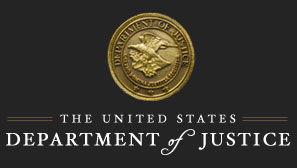 ATLANTA – Mark Vartanyan, also known as “Kolypto,” a Russian national who allegedly developed, improved and maintained the pernicious “Citadel” malware toolkit, was arraigned in federal court following his extradition from Norway in December 2016. Vartanyan was charged with one count of computer fraud.
ATLANTA – Mark Vartanyan, also known as “Kolypto,” a Russian national who allegedly developed, improved and maintained the pernicious “Citadel” malware toolkit, was arraigned in federal court following his extradition from Norway in December 2016. Vartanyan was charged with one count of computer fraud.
“This successful extradition is yet another example of how cooperation among international law enforcement partners can be used to disrupt and dismantle global cyber syndicates,” said U. S. Attorney John Horn. “This defendant’s alleged role in developing and improving “Citadel” for its use by cybercriminals caused a vast amount of financial harm to individuals and institutions around the world. His appearance in federal court today shows that cybercriminals cannot hide in the shadows of the Internet. We will identify them and bring them to justice wherever they operate.”
“We must continue to impose real costs on criminals who believe they are protected by geographic boundaries and can prey on the American people and institutions with impunity. Vartanyan’s arrest removes a significant player who was engaged in the development, improvement, maintenance and distribution of malware from the resources available to the cyber criminal underground, thereby deteriorating the capabilities of cyber criminal groups. Today’s plea is the culmination of a multi-national effort led by the FBI, highlighting the benefits of global cooperation among the United States and international law enforcement. It further demonstrates the FBI’s long-term commitment to identifying and pursuing cyber criminals world-wide, and serves as a strong deterrent to others targeting America’s financial institutions and citizens through the use of malicious software,” said David J. LeValley, Special Agent in Charge, FBI Atlanta Office.
According to U.S. Attorney Horn, the charges, and other information presented in court: “Citadel” is a malware toolkit designed to infect computer systems and steal financial account credentials and personally identifiable information from victim computer networks. Beginning in or about 2011, Citadel was offered for sale on invite-only, Russian-language internet forums frequented by cybercriminals. Users of Citadel targeted and exploited the computer networks of major financial and government institutions around the world, including several financial institutions in the United States. According to industry estimates, Citadel infected approximately 11 million computers worldwide and is responsible for over $500 million in losses.
Between on or about August 21, 2012 and January 9, 2013, while residing in Ukraine, and again between on or about April 9, 2014 and June 2, 2014, while residing in Norway, Vartanyan allegedly engaged in the development, improvement, maintenance and distribution of Citadel. During these periods, Vartanyan allegedly uploaded numerous electronic files that consisted of Citadel malware, components, updates and patches, as well as customer information, all with the intent of improving Citadel’s illicit functionality.
Vartanyan was extradited to the United States in December 2016 from Norway. He was charged in a one-count Information with computer fraud, and was arraigned before U.S. Magistrate Judge Russell G. Vineyard.
Vartanyan is the second defendant charged in connection with an ongoing investigation of the Citadel malware. On September 29, 2015, Dimitry Belorossov, a/k/a Rainerfox, 22, of St. Petersburg, Russia, was sentenced to four years, six months in prison following his guilty plea for conspiring to commit computer fraud for distributing and installing Citadel onto victim computers using a variety of infection methods.
Belorossov downloaded a version of Citadel, which he then used to operate a Citadel botnet primarily from Russia. Belorossov remotely controlled over 7,000 victim bots, including at least one infected computer system with an IP address resolving to the Northern District of Georgia. Belorossov’s Citadel botnet contained personal information from the infected victim computers, including online banking credentials for U.S.-based financial institutions with federally insured deposits, credit card information, and other personally identifying information.
In addition to operating a Citadel botnet, Belorossov also provided online assistance with the goal of developing suggested improvements to Citadel, including posting comments on criminal forums on the Internet and electronically communicating with other cybercriminals via email and instant messaging.
Belorossov was convicted on July 18, 2014, after he pleaded guilty.
DOJ’s investigation into the creator of the Citadel malware is continuing.
Members of the public are reminded that the information only contains charges. The defendant is presumed innocent of the charges and it will be the government’s burden to prove the defendant’s guilt beyond a reasonable doubt at trial.
This case is being investigated by the Federal Bureau of Investigation.
Assistant United States Attorney Steven D. Grimberg is prosecuting the case. The Justice Department’s Office of International Affairs also provided assistance with this case.
(N.Sethurupan , Department of Justice / U.S. Attorney’s Office / Northern District of Georgia )




 A Norwegian study will research whether bacteria are responsible for some types of back pain.
A Norwegian study will research whether bacteria are responsible for some types of back pain.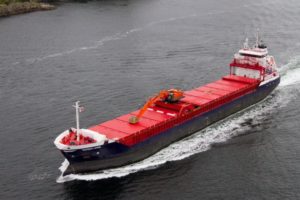


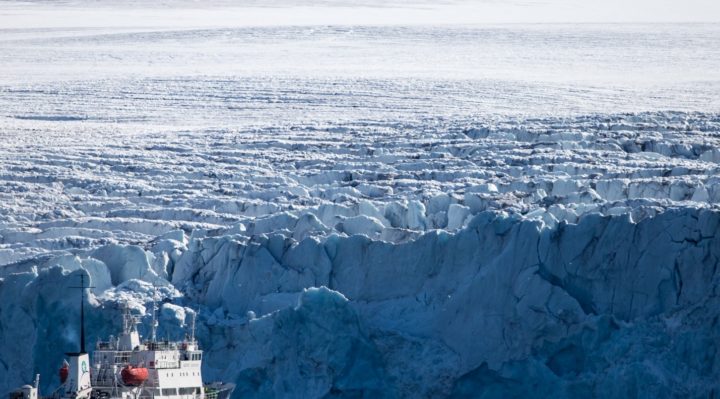 Northern Finland, Sweden and Norway – is the 10th largest economical region in the world. The Arctic region can develop into Europe’s largest area of investment: from 2016 to 2025 investments in the region can exceed 100 billion euros.
Northern Finland, Sweden and Norway – is the 10th largest economical region in the world. The Arctic region can develop into Europe’s largest area of investment: from 2016 to 2025 investments in the region can exceed 100 billion euros.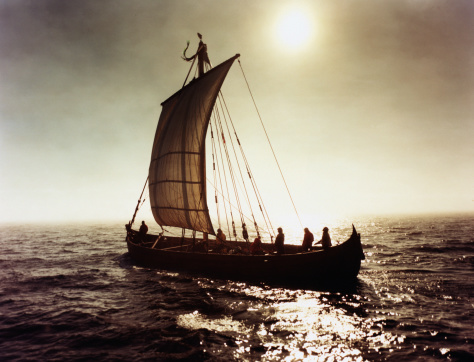
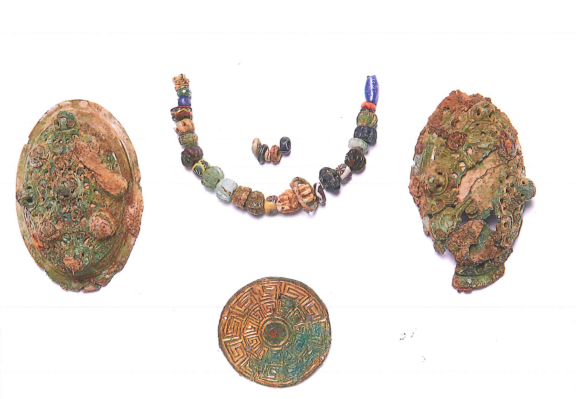 Now, the archaeologist has been able to dig deeper in the woman’s past, examining what remains of her teeth with a strontium isotope analysis. Strontium isotope composition of tooth enamel can provide valuable information about where an individual is born and where spent their childhood.
Now, the archaeologist has been able to dig deeper in the woman’s past, examining what remains of her teeth with a strontium isotope analysis. Strontium isotope composition of tooth enamel can provide valuable information about where an individual is born and where spent their childhood.

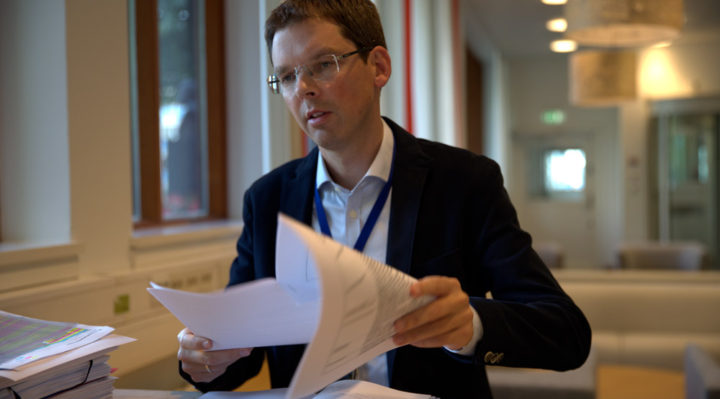


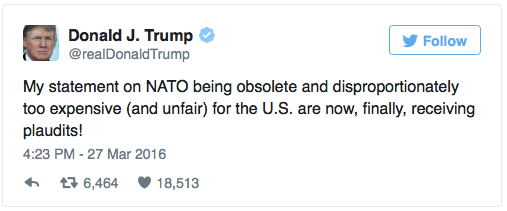 NORWAY and Sweden are getting nervous. They’ve just upped their defence postures amid fears President Trump will not come to their aid if Russia attacks.
NORWAY and Sweden are getting nervous. They’ve just upped their defence postures amid fears President Trump will not come to their aid if Russia attacks.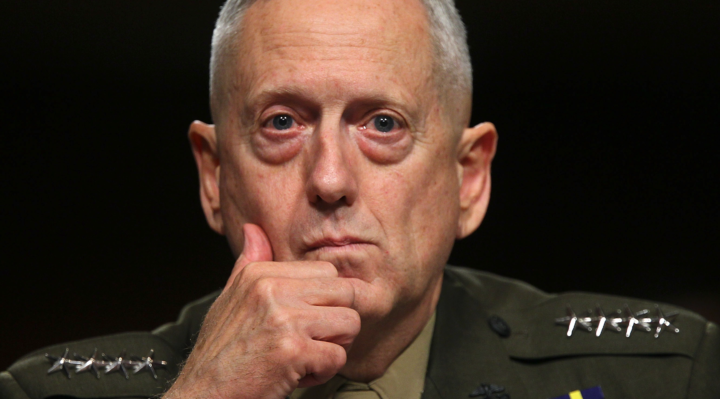 Sweden yesterday approved a defence budget boost its Minister for Defence, Peter Hultqvist, called a “good signal to the Swedish people, a good signal to the armed forces and a good signal to the surrounding world”.
Sweden yesterday approved a defence budget boost its Minister for Defence, Peter Hultqvist, called a “good signal to the Swedish people, a good signal to the armed forces and a good signal to the surrounding world”.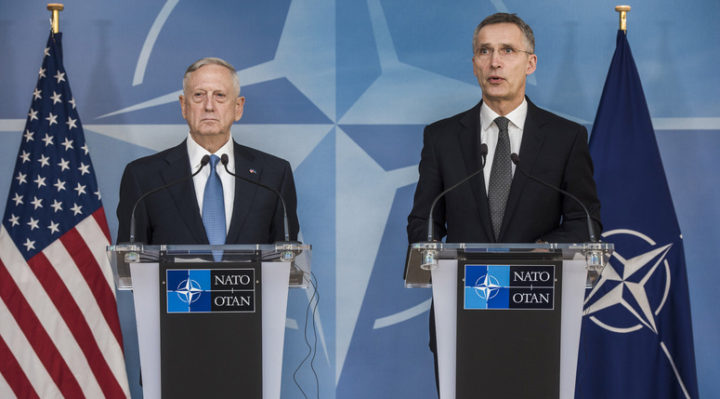
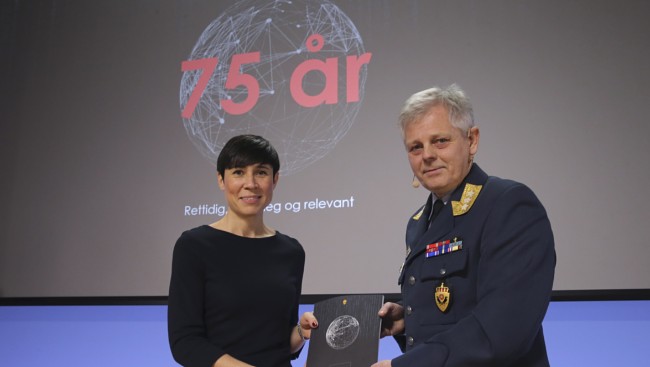 The European Union has overnight approved the creation of a headquarters for its own military operations, outside of NATO control.
The European Union has overnight approved the creation of a headquarters for its own military operations, outside of NATO control.
 Barnevernet became Human Rights Violations and systematic and institutionalised abuse towards families in Norway.
Barnevernet became Human Rights Violations and systematic and institutionalised abuse towards families in Norway. It’s also interesting to note, that many parents who have lost their children in Norway also once thought that it only happened to parents who in some way or another systematically abused their children, not to parents who love and care and do whatever they can for them.
It’s also interesting to note, that many parents who have lost their children in Norway also once thought that it only happened to parents who in some way or another systematically abused their children, not to parents who love and care and do whatever they can for them.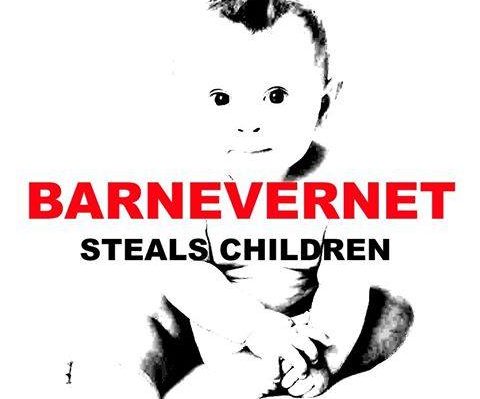 The main problem with Kai-Morten Terning’s defence of the indefensible is this. There is no credibility in what he says, leading me to accept he is not a man of integrity.
The main problem with Kai-Morten Terning’s defence of the indefensible is this. There is no credibility in what he says, leading me to accept he is not a man of integrity. And Norway calls this a cultural misunderstanding. It certainly is – 100% correct!
And Norway calls this a cultural misunderstanding. It certainly is – 100% correct! Barnevernet has you exactly where it wants you – powerless. The children, in the majority of cases are never given back to the single parent. Remember, a single parent is one of those who are in the target group that Barnevernet hunts down in the first place.
Barnevernet has you exactly where it wants you – powerless. The children, in the majority of cases are never given back to the single parent. Remember, a single parent is one of those who are in the target group that Barnevernet hunts down in the first place.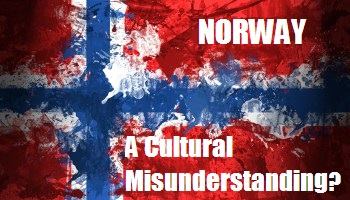 The best interest of the child is almost always to be with the parents. Only in extreme and exceptional cases, where the child can come to serious harm because of the parents’ behaviour, should a child be taken away temporarily from the parents. We need to intervene to support families so that they can remain together and children can be with their families. Removing children from their parents should be done only as a last resort and for a very short period.”
The best interest of the child is almost always to be with the parents. Only in extreme and exceptional cases, where the child can come to serious harm because of the parents’ behaviour, should a child be taken away temporarily from the parents. We need to intervene to support families so that they can remain together and children can be with their families. Removing children from their parents should be done only as a last resort and for a very short period.”

 Bitcoin has been portrayed as the most favored currency among the criminal kind. Thanks to increased usage of the likes of Bitcoin among the darknet marketplaces. However, the pseudonymous nature of Bitcoin leads to criminals getting caught on a regular basis. But usually, those who face the trial usually end up having their cryptocurrencies, devices confiscated, sentenced to jail time with or without a monetary penalty slapped on them.
Bitcoin has been portrayed as the most favored currency among the criminal kind. Thanks to increased usage of the likes of Bitcoin among the darknet marketplaces. However, the pseudonymous nature of Bitcoin leads to criminals getting caught on a regular basis. But usually, those who face the trial usually end up having their cryptocurrencies, devices confiscated, sentenced to jail time with or without a monetary penalty slapped on them.
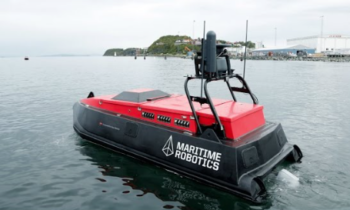 Autonomous cars are all the rage these days, but autonomous boats? While automobiles are certainly among the most popular forms of transportation, they’re not the only form. As we’ve begun to normalize the notion of a driverless future, other methods of transportation are looking to adopt the same concept. In Norway’s Trondheim Fjord, you can now find a testing site for water-based drones. Because land and air-faring machinery shouldn’t be the only ones having autonomous fun, right?
Autonomous cars are all the rage these days, but autonomous boats? While automobiles are certainly among the most popular forms of transportation, they’re not the only form. As we’ve begun to normalize the notion of a driverless future, other methods of transportation are looking to adopt the same concept. In Norway’s Trondheim Fjord, you can now find a testing site for water-based drones. Because land and air-faring machinery shouldn’t be the only ones having autonomous fun, right?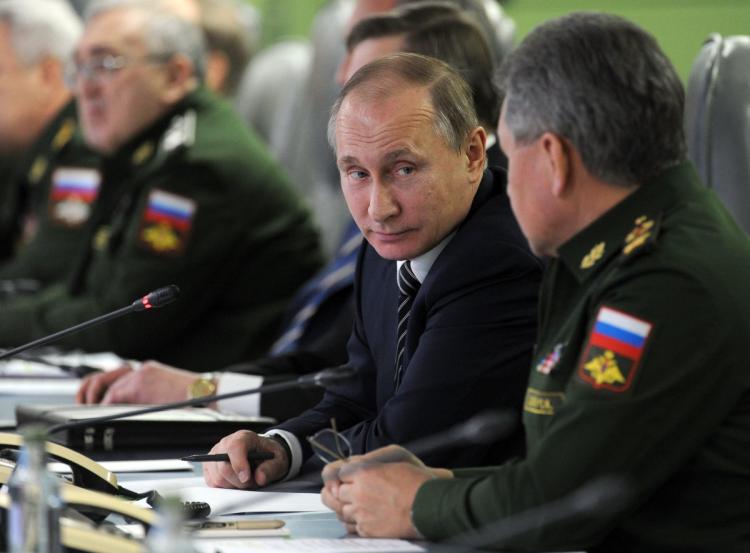
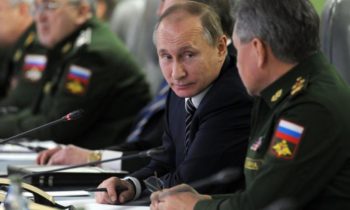 Russian military inspectors will begin a visit to a designated district in Norway to check military activity in the area, a military official has said.
Russian military inspectors will begin a visit to a designated district in Norway to check military activity in the area, a military official has said.

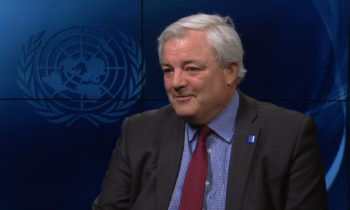 USG/ERC Stephen O’Brien Statement to the Security Council on Missions to Yemen, South Sudan, Somalia and Kenya and an Update on the Oslo Conference on Nigeria and the Lake Chad Region.
USG/ERC Stephen O’Brien Statement to the Security Council on Missions to Yemen, South Sudan, Somalia and Kenya and an Update on the Oslo Conference on Nigeria and the Lake Chad Region.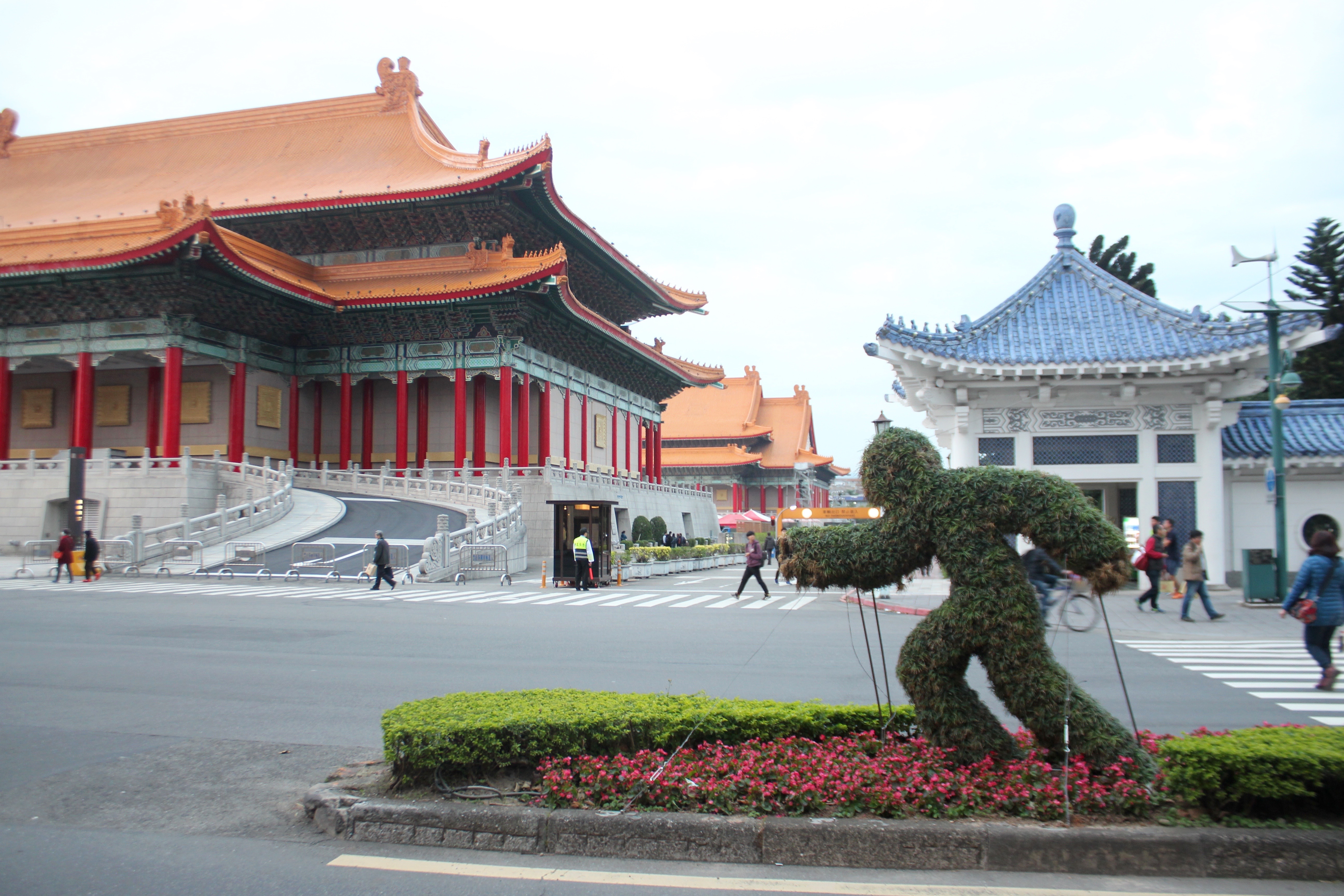

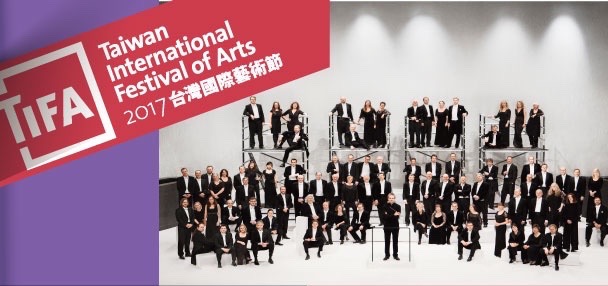 The composer Edvard Grieg laid the foundation for the Oslo Philharmonic Orchestra in 1879. In 2013 Russian Vasily Petrenko was appointed its music director. For this trip to Taiwan, the orchestra will present a selection full of Scandinavian and Russian flavours. Truls Mørk, one of the world’s most popular cellists, will also present Russian Shostakovich and British Elgar’s Cello Concertos.
The composer Edvard Grieg laid the foundation for the Oslo Philharmonic Orchestra in 1879. In 2013 Russian Vasily Petrenko was appointed its music director. For this trip to Taiwan, the orchestra will present a selection full of Scandinavian and Russian flavours. Truls Mørk, one of the world’s most popular cellists, will also present Russian Shostakovich and British Elgar’s Cello Concertos.


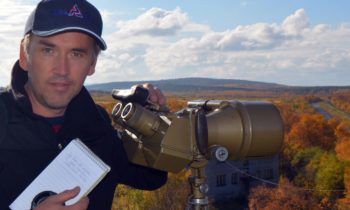 Russian officials have banned a Norwegian journalist from entering the country for the next five years. The Barents Observer, a website based in Norway, says the Federal Security Service told editor Thomas Nielsen that he’s been declared “undesirable” in Russia, despite a valid multi-entry journalist visa.
Russian officials have banned a Norwegian journalist from entering the country for the next five years. The Barents Observer, a website based in Norway, says the Federal Security Service told editor Thomas Nielsen that he’s been declared “undesirable” in Russia, despite a valid multi-entry journalist visa.
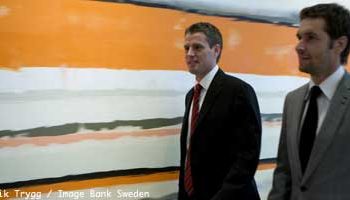 Sweden has the world’s third fasted broadband internet speed, while South Korea still leads the race with an average connection speed at 26.1 Mbps, a new study by Akamai Technologies shows. Norway was ranked second.
Sweden has the world’s third fasted broadband internet speed, while South Korea still leads the race with an average connection speed at 26.1 Mbps, a new study by Akamai Technologies shows. Norway was ranked second.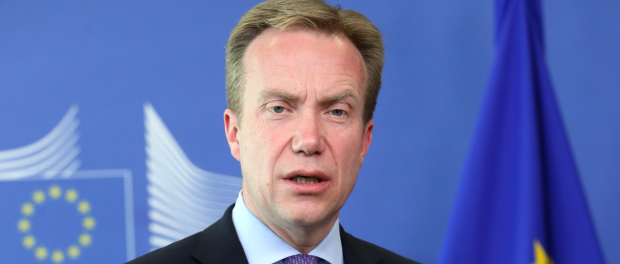

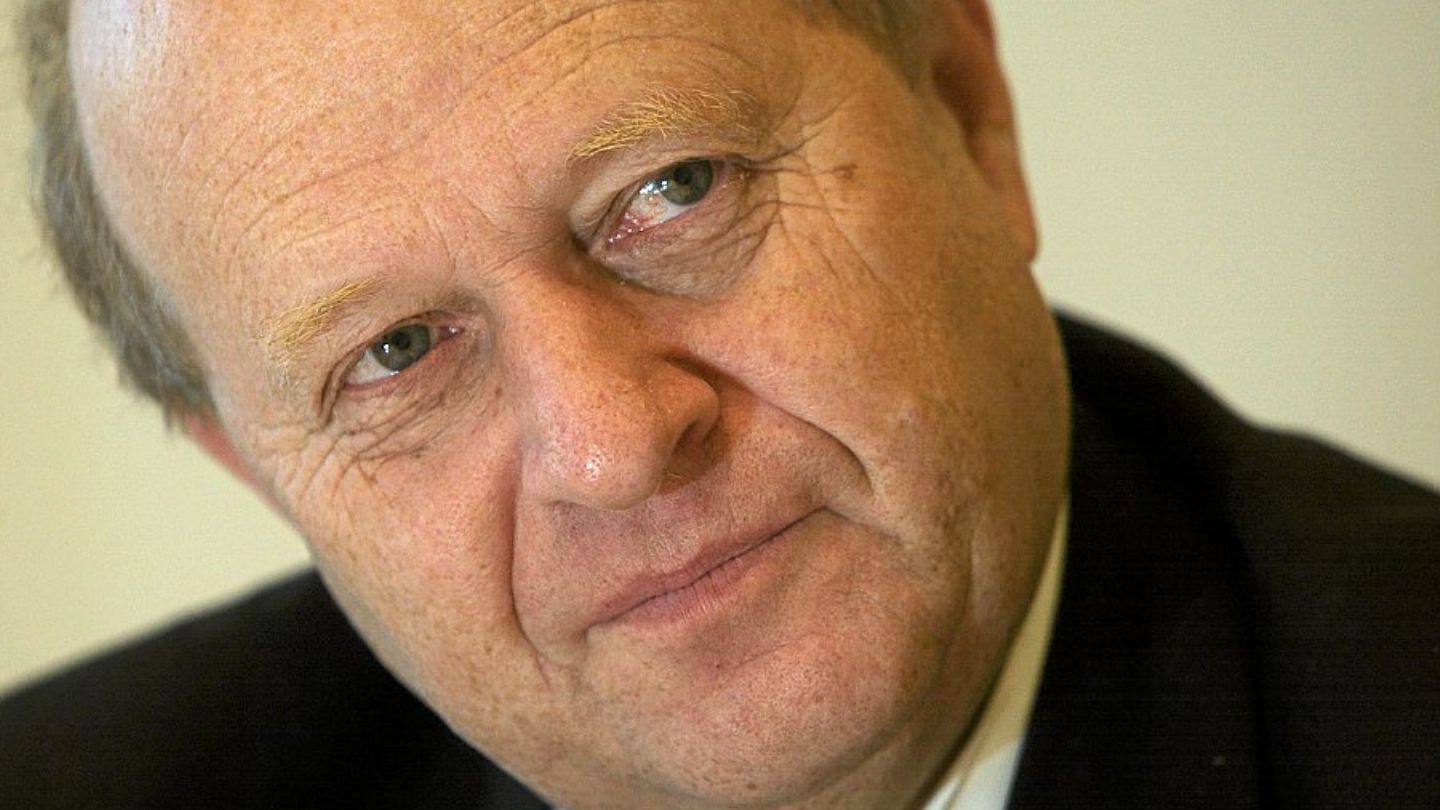
 Odd Einar Dorum, a Norwegian politician with a resume stretching to the late 1970s, spoke at UND’s Center for Innovation for the better part of an hour Thursday, remarking on Norwegian defense, NATO and President Donald Trump.
Odd Einar Dorum, a Norwegian politician with a resume stretching to the late 1970s, spoke at UND’s Center for Innovation for the better part of an hour Thursday, remarking on Norwegian defense, NATO and President Donald Trump.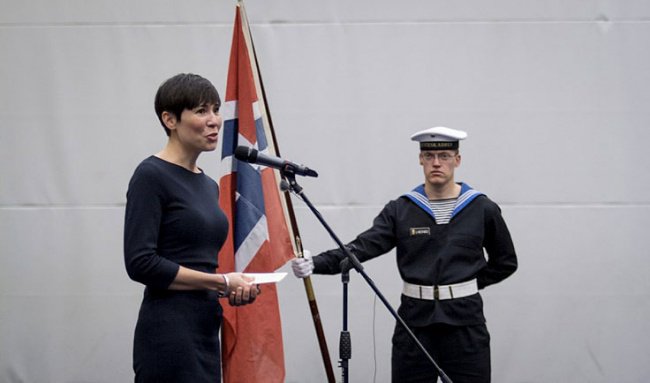
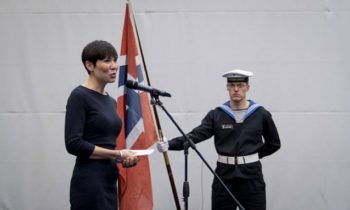 Norway faces the challenge of crafting a national defense strategy for the 21st strategy in the face of Vlad Putin’s more aggressive Russia.
Norway faces the challenge of crafting a national defense strategy for the 21st strategy in the face of Vlad Putin’s more aggressive Russia.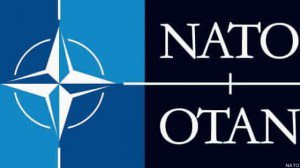 The Norwegians I spoke with on my recent trip underscored the importance of the NATO Treaty’s Article III as a key for the next phase of the alliance’s development, shaping effective ways to defend the nation in a way that allows for greater capability to work with allies. In all the debate about Article V, the importance of Article III as a key to being able to uphold the overall Treaty is often forgotten.
The Norwegians I spoke with on my recent trip underscored the importance of the NATO Treaty’s Article III as a key for the next phase of the alliance’s development, shaping effective ways to defend the nation in a way that allows for greater capability to work with allies. In all the debate about Article V, the importance of Article III as a key to being able to uphold the overall Treaty is often forgotten.
 Commentary from the Embassy of the Russian Federation in Norway to «Dagbladet» in connection with the joint Norwegian-US development of parameters for the Norwegian contribution to the missile defense system of NАТО.
Commentary from the Embassy of the Russian Federation in Norway to «Dagbladet» in connection with the joint Norwegian-US development of parameters for the Norwegian contribution to the missile defense system of NАТО.